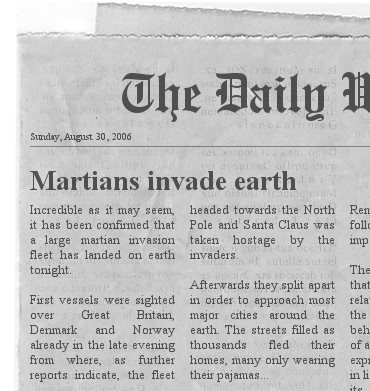 Artists Acrylics for WarGamers
Artists Acrylics for WarGamersThis is something of an expanded answer to a question from the local game forum, where someone asked me which of their bewildering array of products I used as the basis for mud on vehicle fenders. Since I use a decent handful of their products, I figured I'd comment on a few of them and how they might be useful for the wargamer and miniature painter. Liquitex has been making artist-grade acrylic paints since 1955, and are pretty much the standard in that industry. Their products are commonly available at artist supply shops and the big retail craft stores; I tend to get mine from Hobby Lobby. It seems they've removed most of them from the shelf displays, but they used to post little samples of each product next to the price tag, so you could see what you were getting into. Made picking the right medium a lot easier. Oh, well.
Lets take a look at what I've got and what its good for. All of these are non-yellowing, clear-drying, water-clean up but not water soluble when dry (so you can ink over them and such). Note that I'm quoting the product names directly from the labels, which have been redesigned since I got some of mine. For instance, with the new label designs the older "Natural Sand Texture Gel," is probably just called "Natural Sand," as "Resin Sand," is also a texture gel, it just doesn't say so on the new label.
Fluid Mediums:
Both brush-painting Mediums have nice leveling properties, which means you don't see the brush strokes nearly so much when you've mixed them in. You can also drybrush with paint mixed with these without getting that "chalky" look so bad. You'll probably want to thin your paint a bit with water when using these, as they both tend to thicken things a bit, which can also be a good thing. Basically, paint will go on smoother and with greater transparency, but you might want to thin it for better flow, which will further increase the transparency (which may itself be a good thing).
Airbrush Medium
A nice thinning fluid for airbrushing acrylics in general, the Liquitex offering is interesting to us because, if memory serves, it is the only thinner out there that will thin Vallejo model color for airbrushing without forming those stringy little boogers that give away the paint's latex origin. In general I airbrush with the paint manufacturer's thinner, and I'd recommend you go with the manufacturer's recommendations over this product when applicable, but with Vallejo you'll probably be special ordering that stuff, and this is handy.
Matte Medium
This stuff is basically acrylic paint without any pigment. You can extend paint with it, and it reduces transparency, but its not really a glazing medium. If you've got need for a thickening agent, something to just bulk up the paint at make it much more viscous, this is the ticket. It dries with a flat finish, but its not very good for glazing.
Glazing Medium
You'd think this would be obvious, but it wasn't to me (how do you think I ended up with Matte Medium?). This is the stuff you want for painting glazes, even though it says it dries glossy. It does, very glossy in fact, but a clear spray coat takes the shine right off. I've been experimenting with this stuff on the Space Hulk figures I'm painting, and I love it. It takes a lot of time, but you can really build up a nice color fade that feels like it has depth.
Gel Mediums:
The Gel mediums are really what attracted me to Liquitex in the first place, and they are what we were talking about on the forum. These are not intended to be brushed on at all: they are quit thick, and will hold much of the shape you give them - not enough to sculpt with, but instead of helping level out your brush and knife (you'll mostly be smearing these, I use ancient crappy brushes) the gel holds the shape you put it in. The dry slow, and stay a bit flexible when dry, so they won't chip off, and they have quite a bit of "body" to them, which stays somewhat bulky when dry. You can add colors to them, or use them clear. If needed they can be thinned with water, but you'll usually want them pretty thick.
Resin Sand
Thick, course sand (multiple size grains) suspended in gel. I haven't used this one very much, it was an idea for a project that went no where. But if you wanted to you could use these as basing pastes, either by adding paint and spreading it over the finished piece, or by applying it before priming and painting.
Natural Sand Texture Gel
I love this stuff, and use it for all manner of "add some light texture there," jobs. The sand is very fine and very uniform, so it come out much less lumpy when dry than the Resin Sand.
Vehicle Mud: Mix with a medium brown color -- the "dirt" on my miniatures is typically a 3-color shade (paint dark brown, drybrush middle brown, highlight with light brown) and to match the vehicles to the troops I mix just a dab of the middle brown into the Natural Sand gel, then apply it to fenders, etc. where mud would collect. When dry, I lightly drybrush with the army's dirt highlight color.
Snow: It wouldn't do the job alone, but nothing else would, either. Natural Sand acrylic gel is the base for my custom snow paste mix (I add water, paint, and flock as well), but I'll be talking more about that later.


No comments:
Post a Comment